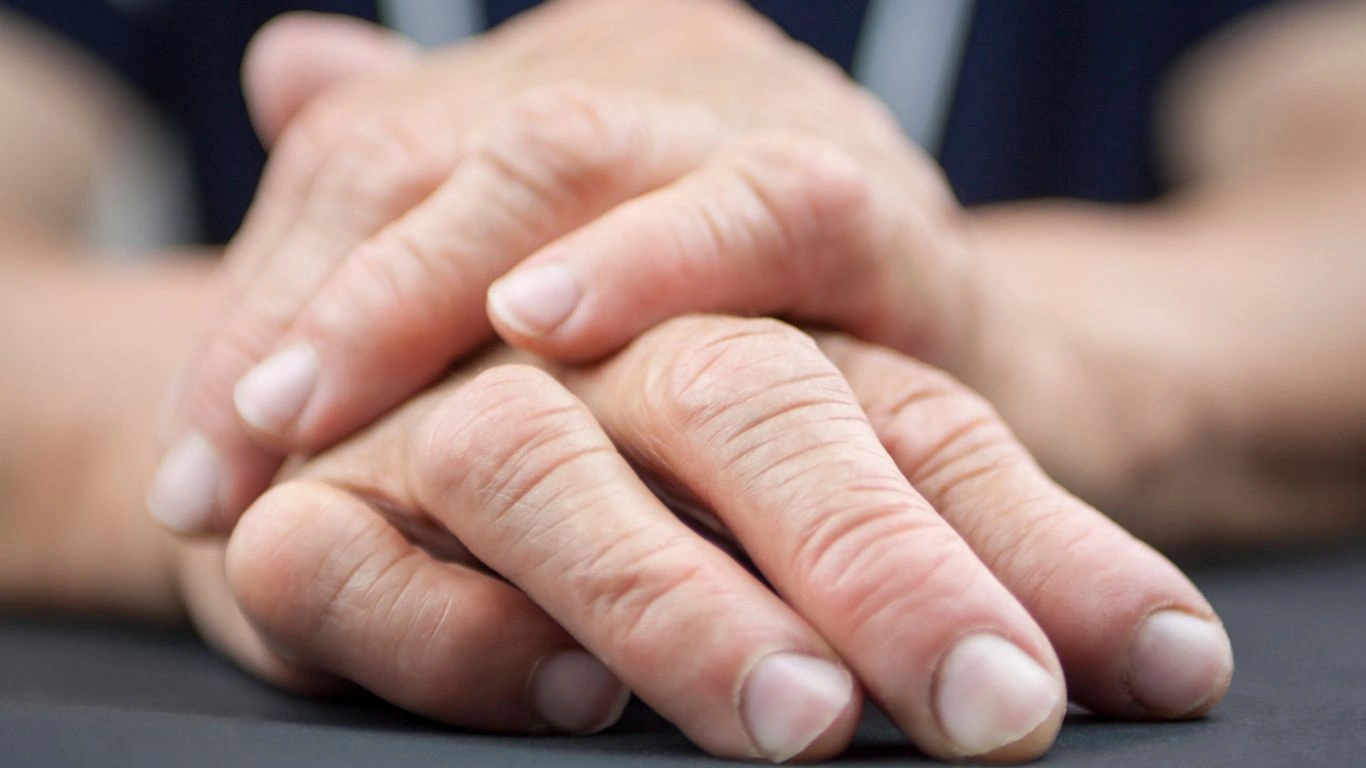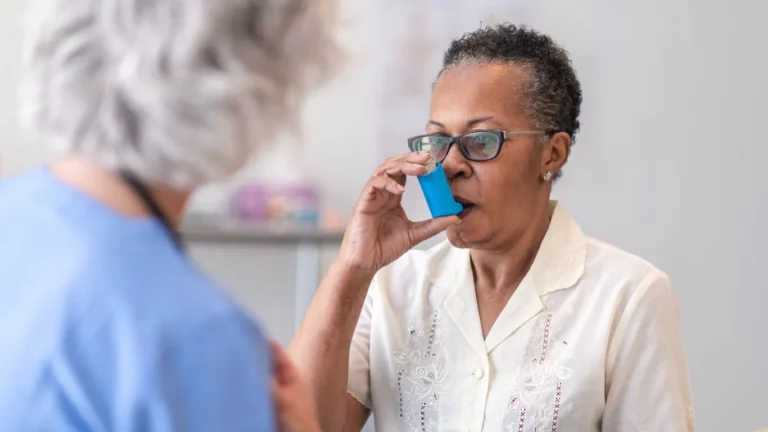Rheumatoid Arthritis Relief: The Amazing Benefits of Massage Therapy
Rheumatoid arthritis can be a relentless condition, bringing pain, stiffness, and fatigue that make even the simplest tasks feel overwhelming. Over the years, I’ve seen firsthand how difficult it can be for individuals to manage their symptoms. While medication and lifestyle changes are essential, there’s one complementary therapy that often gets overlooked—massage therapy. And let me tell you, when done right, it can be a game-changer.
How Rheumatoid Arthritis Affects the Body
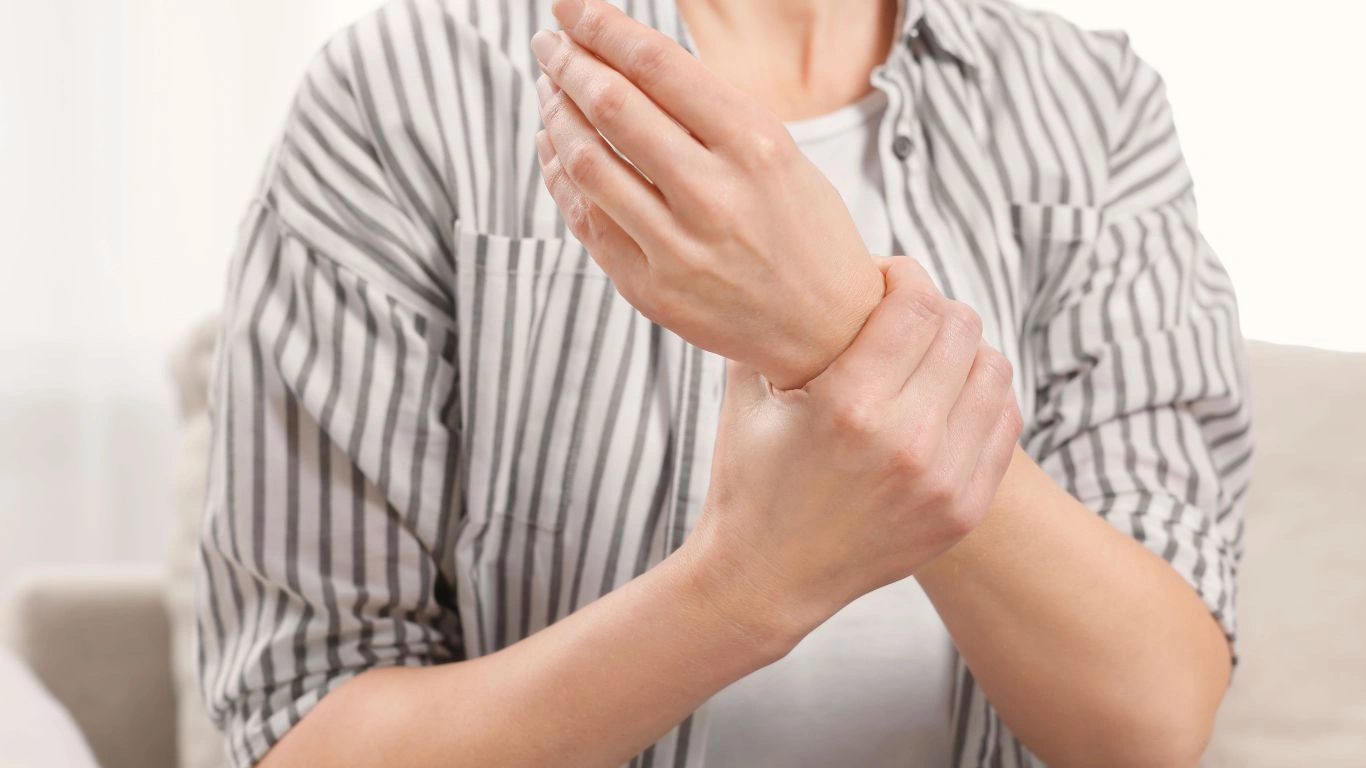
Before diving into the benefits of massage therapy, it’s crucial to understand what rheumatoid arthritis (RA) does to the body. Unlike osteoarthritis, which stems from wear and tear, RA is an autoimmune disorder. The immune system mistakenly attacks the joints, causing inflammation, pain, and potential joint damage over time.
Common symptoms of RA include:
- Chronic joint pain: Often affecting both sides of the body (symmetrical).
- Stiffness: Especially in the morning or after periods of inactivity.
- Swelling: Joints may become red, warm, and visibly swollen.
- Fatigue: A deep, unshakable tiredness that doesn’t go away with rest.
Living with RA can be exhausting, both physically and emotionally. That’s why finding relief beyond medications is essential—and this is where massage therapy can step in.
The Benefits of Massage Therapy for Rheumatoid Arthritis
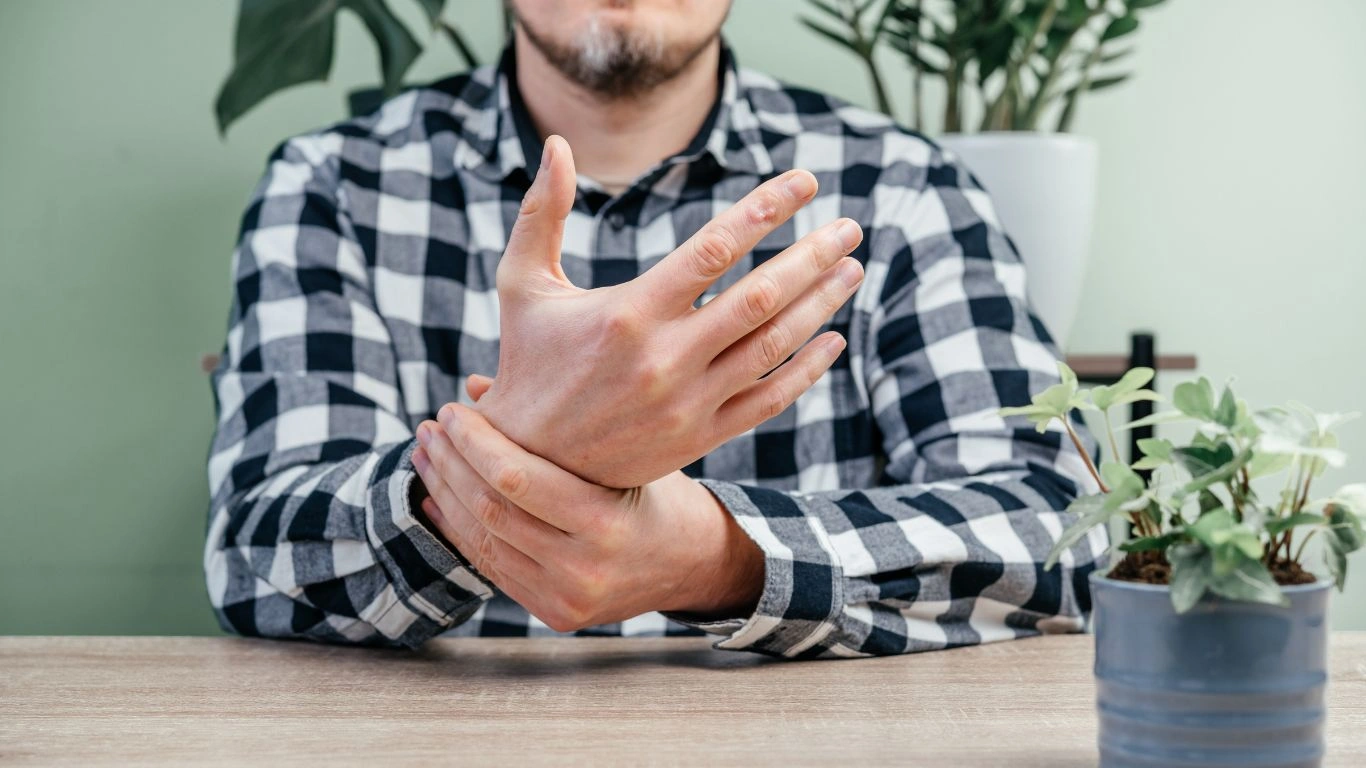
When people think of massage, they often imagine a luxurious spa day. But for those of us dealing with RA, massage therapy isn’t just a treat—it’s a therapeutic necessity. Research and my own experience with patients show that the right kind of massage can bring significant relief.
1. Reduces Joint Pain and Stiffness
One of the biggest struggles with RA is the stiffness that makes movement difficult. A gentle, targeted massage can help increase blood flow to affected areas, reducing pain and promoting mobility. I’ve had patients tell me that after a good massage, their hands feel looser, their shoulders more relaxed, and their overall pain levels lower.
2. Eases Muscle Tension
RA doesn’t just affect the joints—it also causes muscle tension from compensating for painful areas. A deep tissue or Swedish massage can relax tight muscles, reducing strain on already inflamed joints. It’s like giving your body a much-needed reset.
3. Improves Sleep Quality
Poor sleep is a common complaint among RA sufferers. Pain and discomfort can make it nearly impossible to get a full night’s rest. Massage therapy has been shown to reduce cortisol (stress hormone) levels while increasing serotonin and dopamine, which help promote relaxation and better sleep.
4. Enhances Circulation and Reduces Swelling
RA-related inflammation often leads to swelling, particularly in the hands, feet, and knees. Massage therapy can stimulate lymphatic drainage, helping to reduce excess fluid buildup and minimize swelling. Improved circulation also ensures that joints receive more oxygen and nutrients, aiding in healing.
5. Provides Emotional and Mental Relief
Chronic illness takes a toll on mental health. Dealing with daily pain can lead to anxiety, depression, and emotional burnout. Massage therapy isn’t just about the physical benefits—it also reduces stress and promotes relaxation. Many of my patients say they feel lighter, calmer, and more centered after a massage session.
Choosing the Right Massage for Rheumatoid Arthritis
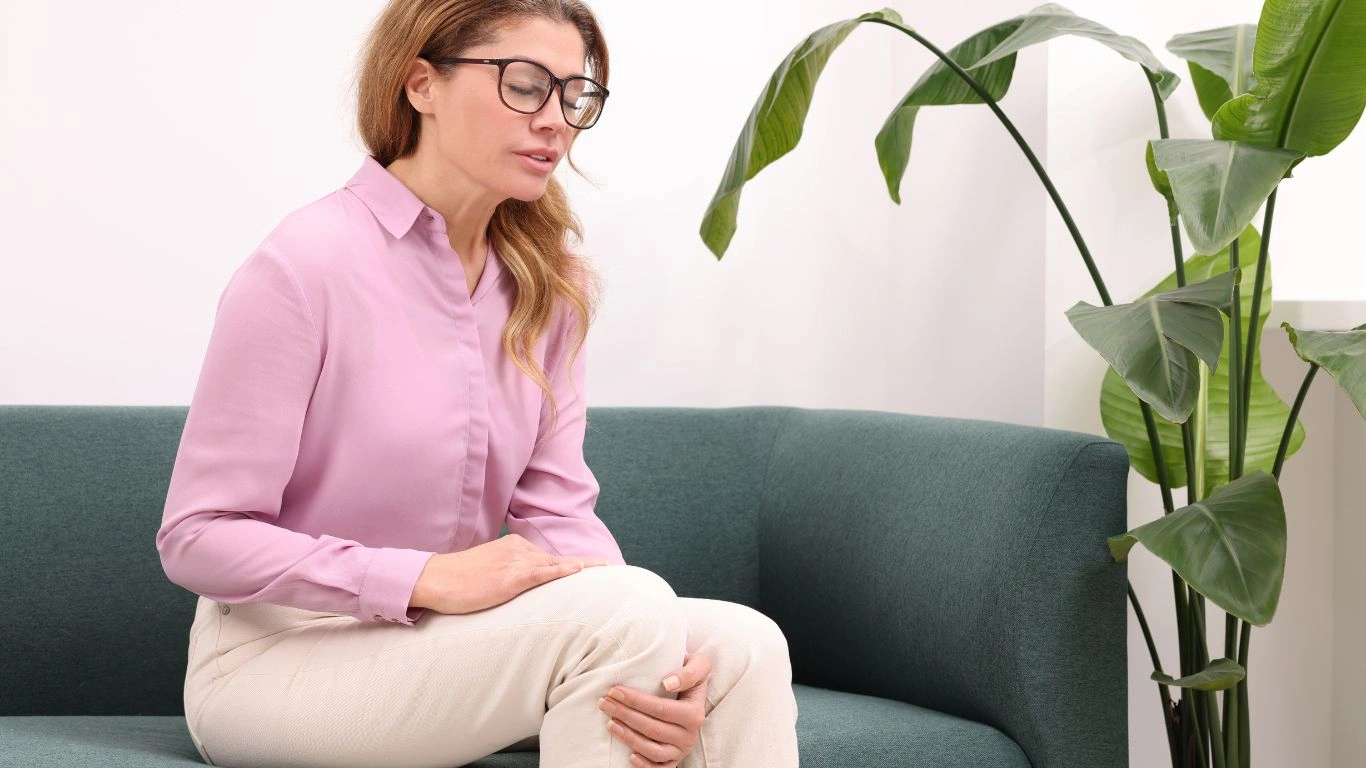
Not all massages are created equal, and if you have RA, choosing the right type is crucial. The wrong technique can actually worsen inflammation rather than relieve it. Here are some of the best massage options for RA:
- Swedish Massage: A gentle, flowing technique that relaxes muscles and improves circulation.
- Myofascial Release: Targets tight connective tissues to improve mobility.
- Lymphatic Drainage Massage: Helps reduce swelling and promote detoxification.
- Trigger Point Therapy: Focuses on releasing tension in specific painful areas.
It’s important to communicate with your massage therapist about your condition. Let them know which areas are particularly sensitive and avoid deep pressure techniques on inflamed joints.
When to Avoid Massage Therapy for Rheumatoid Arthritis
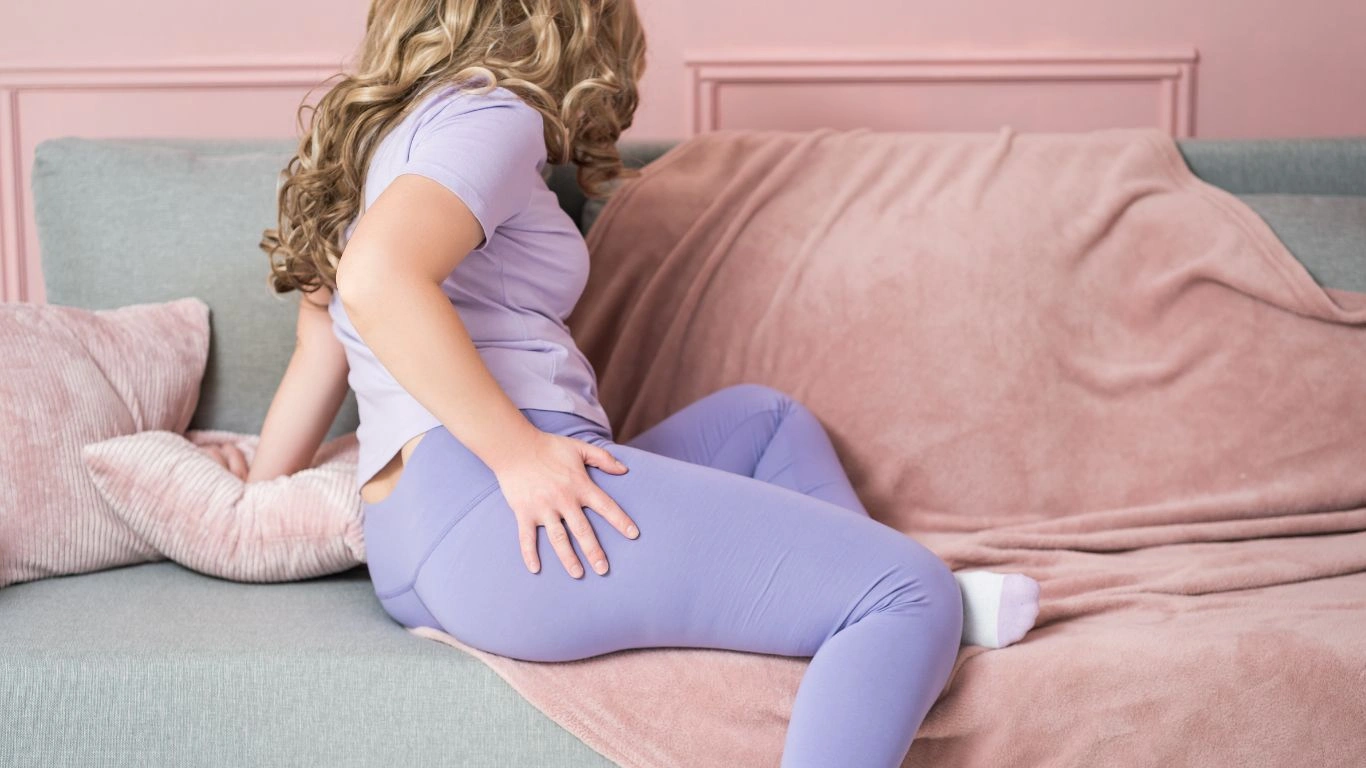
As much as massage therapy can be beneficial for rheumatoid arthritis, there are times when it’s best to hold off on booking that appointment. I always remind my patients that while massage can soothe aching joints, it’s not a cure-all—and in some cases, it can even make things worse.
1. During a Flare-Up
RA flares are unpredictable and can hit like a storm. When inflammation is at its peak, joints become extremely sensitive, swollen, and warm to the touch. In these moments, deep pressure can do more harm than good. Instead of massage, opt for gentle self-care methods like cold therapy, rest, and light stretching until the flare subsides.
2. If There’s Skin Damage or Open Wounds
RA medications, especially immunosuppressants, can sometimes cause skin thinning or bruising. If you have fragile skin, cuts, or even a rash, it’s best to wait until the area heals before getting a massage to avoid further irritation.
3. When There’s Severe Osteoporosis
RA can lead to bone thinning (osteoporosis), increasing the risk of fractures. If you’ve been diagnosed with severe osteoporosis, certain massage techniques—especially deep tissue or intense pressure—should be avoided. A light-touch approach, like Swedish or lymphatic drainage massage, might be a better fit.
4. If You Have a Blood Clotting Disorder
Blood circulation is a key benefit of massage, but if you have clotting disorders or are on blood thinners, you’ll want to consult your doctor before scheduling a session. The increased circulation could dislodge a clot, leading to serious health complications.
Self-Massage Techniques for RA Relief
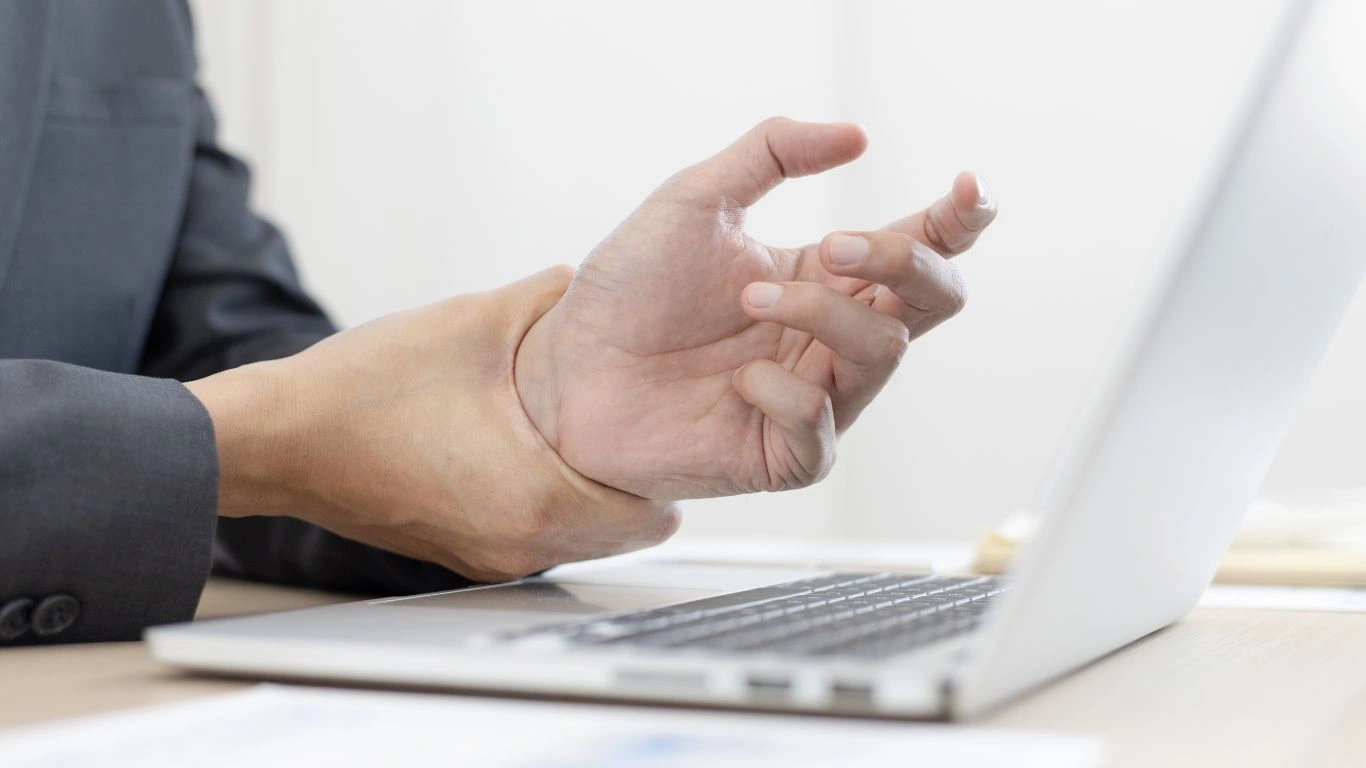
Not everyone has the time (or budget) to get professional massages regularly. But here’s some good news—you can still reap the benefits of massage therapy from the comfort of your own home. Self-massage techniques can help relieve tension, promote circulation, and reduce stiffness when done correctly.
1. Hand and Finger Massage
RA often targets the hands and fingers, making daily tasks frustrating. Here’s a simple technique I recommend:
- Use a small amount of lotion or oil to reduce friction.
- Gently rub your palms together to generate warmth.
- Using your thumb, apply light pressure in circular motions on each finger joint.
- Stretch your fingers by gently pulling them outward—don’t force it, just a light stretch.
This can help loosen up stiffness and improve finger mobility.
2. Foot Massage for Joint Pain
If RA affects your feet, a self-massage before bedtime can do wonders for reducing pain and improving sleep.
- Use a tennis ball or massage ball under your foot and gently roll it back and forth.
- For a hands-on approach, apply gentle pressure with your thumbs along the arches and heels.
- If you experience swelling, try elevating your feet afterward to enhance circulation.
3. Shoulder and Neck Release
Many people with RA carry tension in their upper body without even realizing it. A simple trick?
- Take two fingers and gently press into the base of your skull.
- Move your fingers in small circular motions, working down toward your shoulders.
- Pair this with deep breathing to maximize relaxation.
This is especially helpful for those who spend a lot of time sitting or working on a computer.
Final Thoughts
Massage therapy is an invaluable tool in managing rheumatoid arthritis symptoms, but like any treatment, it’s not a one-size-fits-all solution. The key is to find the right type of massage, time it correctly, and work with a therapist who understands the complexities of RA.
And if professional massage isn’t always an option, don’t underestimate the power of self-massage. Even a few minutes a day can provide much-needed relief and improve your quality of life.
Have you tried massage therapy for RA? I’d love to hear about your experiences—what worked for you, what didn’t, and any tips you’ve picked up along the way!
Case Studies & Real-Life Examples

When it comes to rheumatoid arthritis and massage therapy, hearing real-life experiences can be incredibly encouraging. I’ve worked with many individuals who have incorporated massage into their RA management plans, and the results have been remarkable.
Case Study 1: Sarah’s Journey to Pain Relief
Sarah, a 52-year-old teacher, struggled with RA in her hands and wrists. Writing on the board, grading papers, and even simple tasks like buttoning a shirt had become unbearable. After trying various medications and physical therapy with limited success, she decided to give massage therapy a shot.
She started with gentle Swedish massages once a week. Within a month, she noticed improved flexibility and reduced morning stiffness. Over time, her flare-ups became less frequent, and she even regained the ability to enjoy painting again—something she had abandoned due to pain.
Case Study 2: Mark’s Experience with Trigger Point Therapy
Mark, a retired construction worker, had severe joint pain in his shoulders and knees. He was skeptical about massage at first, but after trying trigger point therapy combined with lymphatic drainage, his mobility improved significantly. He now schedules a massage every two weeks and swears by it as a key part of his RA management routine.
What We Can Learn from These Stories
- Massage therapy is not a one-size-fits-all solution, but when customized to individual needs, it can be incredibly effective.
- Consistency is key—regular sessions provide better results than sporadic treatments.
- Working with a knowledgeable therapist who understands RA makes a huge difference.
Key Takeaways: What You Need to Remember
If there’s one thing I want you to take away from this, it’s that massage therapy can be a powerful addition to your RA management plan when done correctly. Here are the most important points to keep in mind:
- Massage can help reduce pain, stiffness, and inflammation—but it should be tailored to your needs.
- Avoid deep pressure on inflamed joints, especially during flare-ups.
- Different types of massage offer different benefits—Swedish for relaxation, lymphatic drainage for swelling, and trigger point therapy for muscle tension.
- Self-massage techniques can provide relief at home if professional sessions aren’t accessible.
- Consult with your doctor before starting massage therapy, especially if you have osteoporosis or are on blood thinners.
FAQs
1. Is massage therapy safe for everyone with RA?
Generally, yes, but it depends on your condition. If you have severe inflammation, osteoporosis, or a history of blood clots, consult with your doctor first.
2. How often should I get a massage for RA?
It varies from person to person. Some find weekly sessions beneficial, while others do well with biweekly or monthly treatments. Listen to your body and adjust accordingly.
3. Can I do massage therapy at home?
Absolutely! Self-massage techniques, foam rolling, and using massage tools like a tennis ball or massage gun can help manage symptoms between professional sessions.
4. What type of massage is best for RA?
Swedish massage, lymphatic drainage, and myofascial release are often the best choices. Avoid deep tissue massages on inflamed joints.
Bonus: Additional Resources & DIY Tips
Here are some extra resources to help you explore massage therapy and other complementary treatments for RA:
- Arthritis Foundation – Reliable information on RA treatments and management.
- Mayo Clinic – Expert insights on RA and complementary therapies.
- National Library of Medicine – Research studies on massage therapy for RA.
DIY Tips for Home Massage
- Warm-up with heat therapy: Apply a warm towel or heating pad before massaging to relax muscles.
- Use essential oils: Lavender and peppermint oils can enhance relaxation and pain relief.
- Try a massage roller: A handheld massage roller can help with muscle tension in larger areas like the back and thighs.
Appendix: References & Disclaimer
| Source | Information |
|---|---|
| Arthritis Foundation | General information on rheumatoid arthritis and treatment options. |
| Mayo Clinic | Research-backed insights on alternative therapies for RA. |
| National Library of Medicine | Scientific studies on massage therapy for rheumatoid arthritis. |
Disclaimer: This article is for informational purposes only and should not replace medical advice. Always consult with a healthcare provider before trying new treatments.
Call to Action
Rheumatoid arthritis is challenging, but relief is possible. Whether you choose professional massage therapy, self-massage, or a combination of both, the key is to find what works best for you.
If you’ve tried massage therapy for RA, I’d love to hear about your experience! Share your thoughts in the comments or connect with me on social media to keep the conversation going.
Don’t forget to share this article with anyone who might benefit—because managing RA is easier when we support each other.

Tarra Nugroho is a dedicated Nurse Practitioner with a strong foundation in family and preventive care. She brings both compassion and clinical expertise to her practice, focusing on patient-centered care and health education. As a contributor to Healthusias.com, Tarra translates medical knowledge into clear, empowering articles on topics like women’s health, chronic disease management, and lifestyle medicine. Her mission is simple: help people feel seen, heard, and informed—both in the clinic and through the content she creates. When she’s not caring for patients, Tarra enjoys weekend hikes, plant-based cooking, and curling up with a good health podcast.
